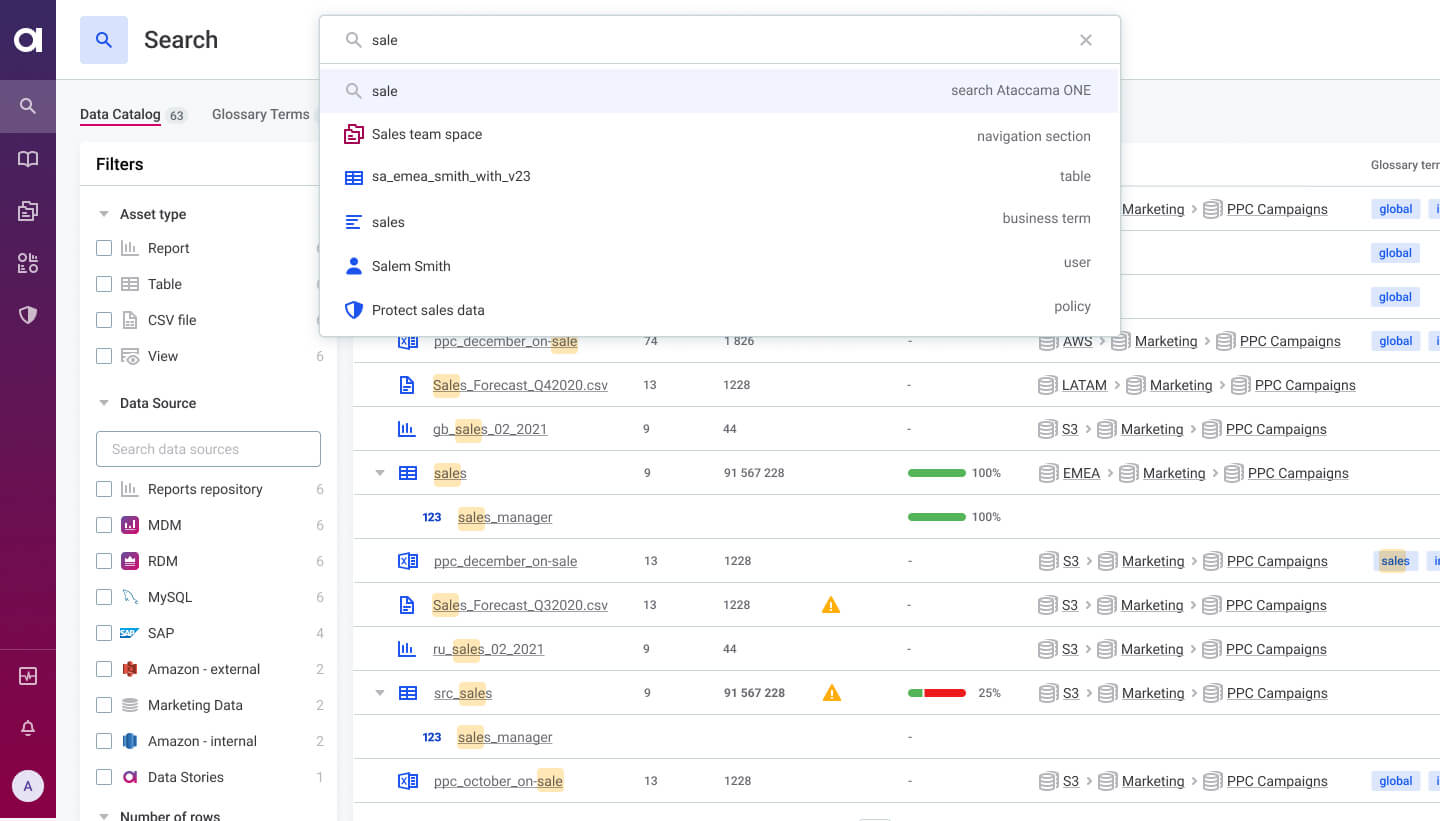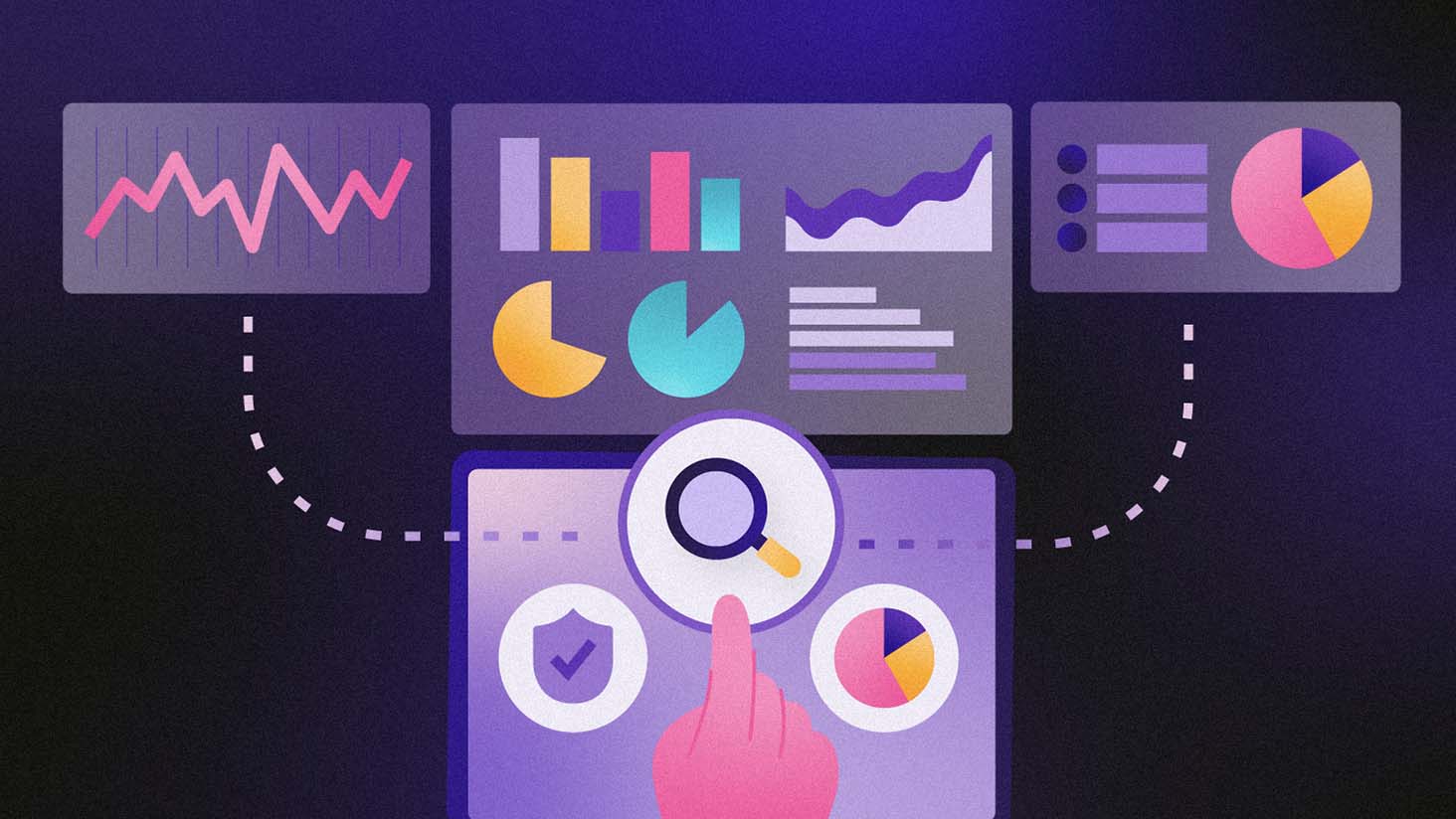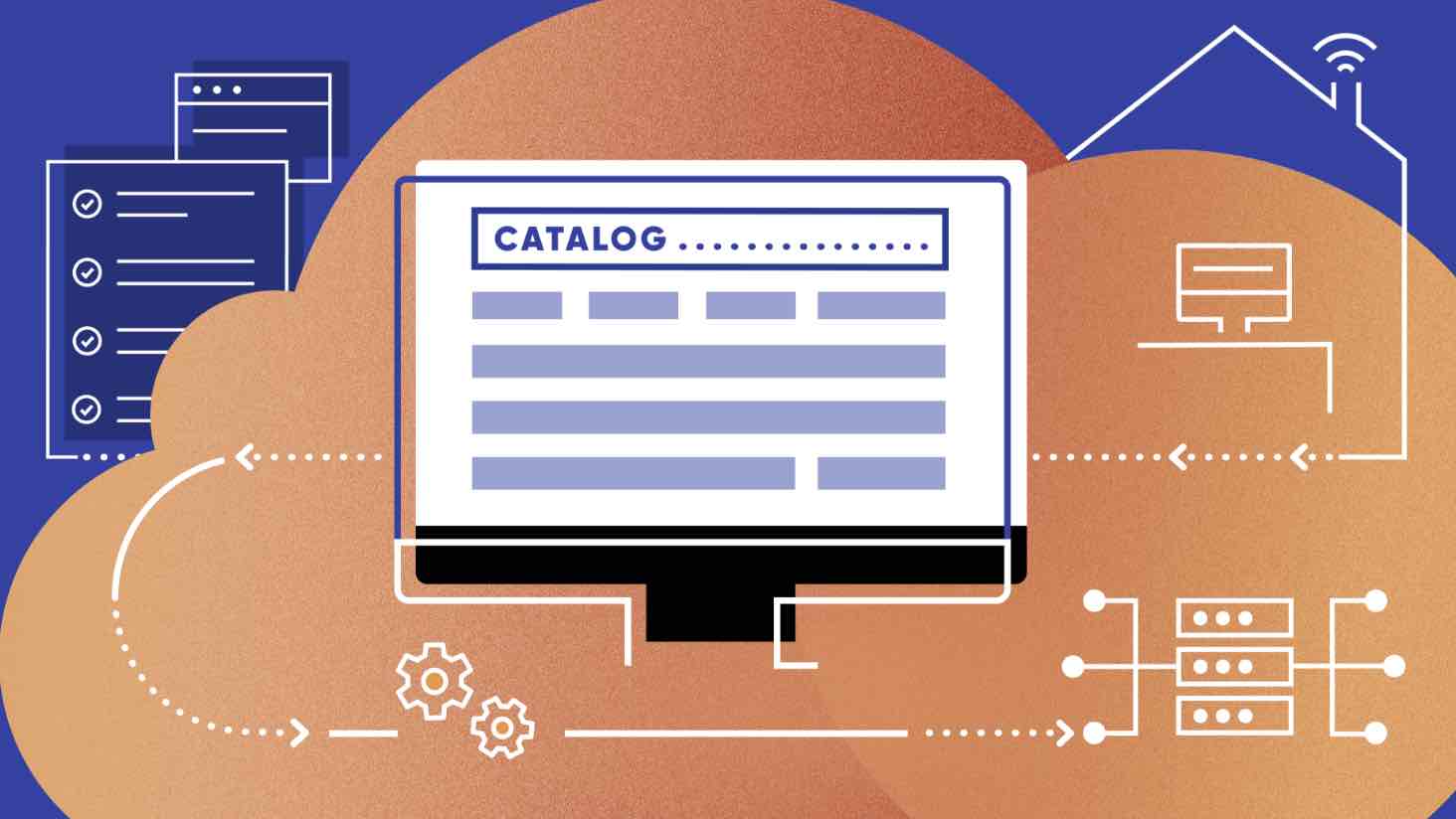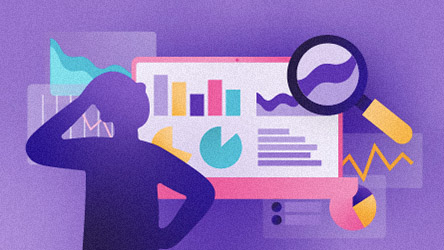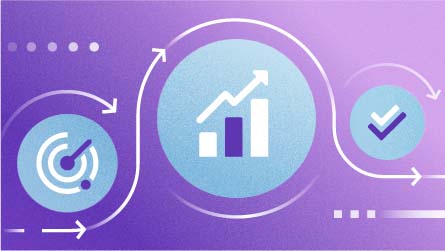Enterprises are fueled by the reports they create and consume. Imagine an executive at a relatively large company who wants to crunch the numbers on the employee payroll. He requests all the departments to send reports about their number of employees, overall salary spending, average salary, etc.
The first two departments to report back are product development and HR. He begins comparing their figures and realizes both departments did their reports differently. Not only did HR create its report in an alternative tool, but the financial department (based in India) has submitted its totals in Indian Rupee (and HR's totals are in American Dollars).
Frantically, the executive checks his email to see if there are other reports to compare with these, but the remaining departments still need to submit. He tries to research the last time a report like this was requested but can't find the request or the old reports in his inbox.
These are just a few problematic situations users can encounter when consolidating and comparing company reports. The same report from separate departments can look completely DIFFERENT depending on the tool, source, KPIs, protocols, etc. That's why you need a report catalog, a centralized tool for all company reporting, to bring uniformity to this chaos.
What is a report catalog?
A report catalog is a singular access point where business users can find, assess, and compare all enterprise reports. It organizes the reports based on collected metadata. Organizations use it to determine who has access, which reports are prioritized, the approval workflows reports should follow, and all other practices surrounding the delivery and completion of relevant reports.
Users can interact with reports related to their position, subject area, expertise, and interests and request access to those which have yet to be deemed relevant. This happens entirely inside the report catalog without having to move tools to receive, respond, send, or complete reports.
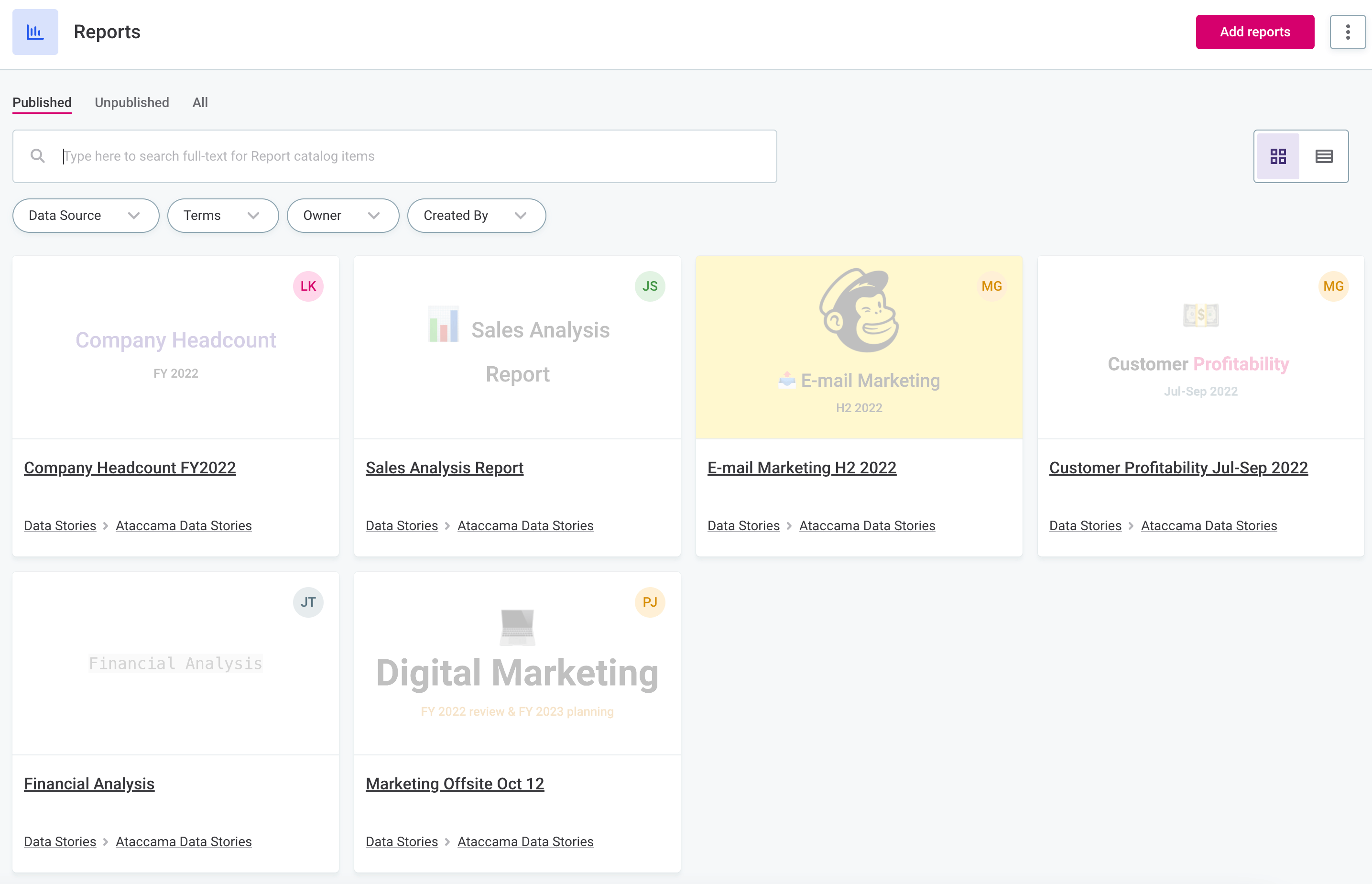
Here is an example of our report catalog looks at Ataccama.
Why do you need a report catalog?
The Problem: Your company probably has reports coming from several different sources and reporting systems. Each department might use a different tool to send and create reports. This variety can lead to:
- Confusion and a lack of uniformity with enterprise reporting.
- Reports become outdated and hard to interpret.
- Missing information
- Reports lacking adequate source material
- People not trusting the reports they receive
- Limiting people's access to the company's report resources
Ultimately, this failure to deliver reports effectively results in a poor understanding of KPIs and constant requests for new (better) reports to be produced.
The Solution: Businesses must catalog reports the same way they do their data and governance assets. A report catalog provides the order and stability required to solve these problems. Some of the immediate benefits your organization will experience from a report catalog are:
- Excellent time savings in report delivery, creation, and review.
- Report owners and data stewards can phase out and cleanse reports, ensuring only the best, most representative information is there.
- No need to engage the same analyst to repeat and verify reports time and again.
- Gives users a singular place to find the information they're looking for (instead of limiting them to whatever pops up in their email).
- Connects reports conceptually and logically to business and technical entities, leading to excellent data lineage.
- You'll be able to see specific columns and table feeds that will connect these reports to business terms.
- Will let you track data quality at the report level.
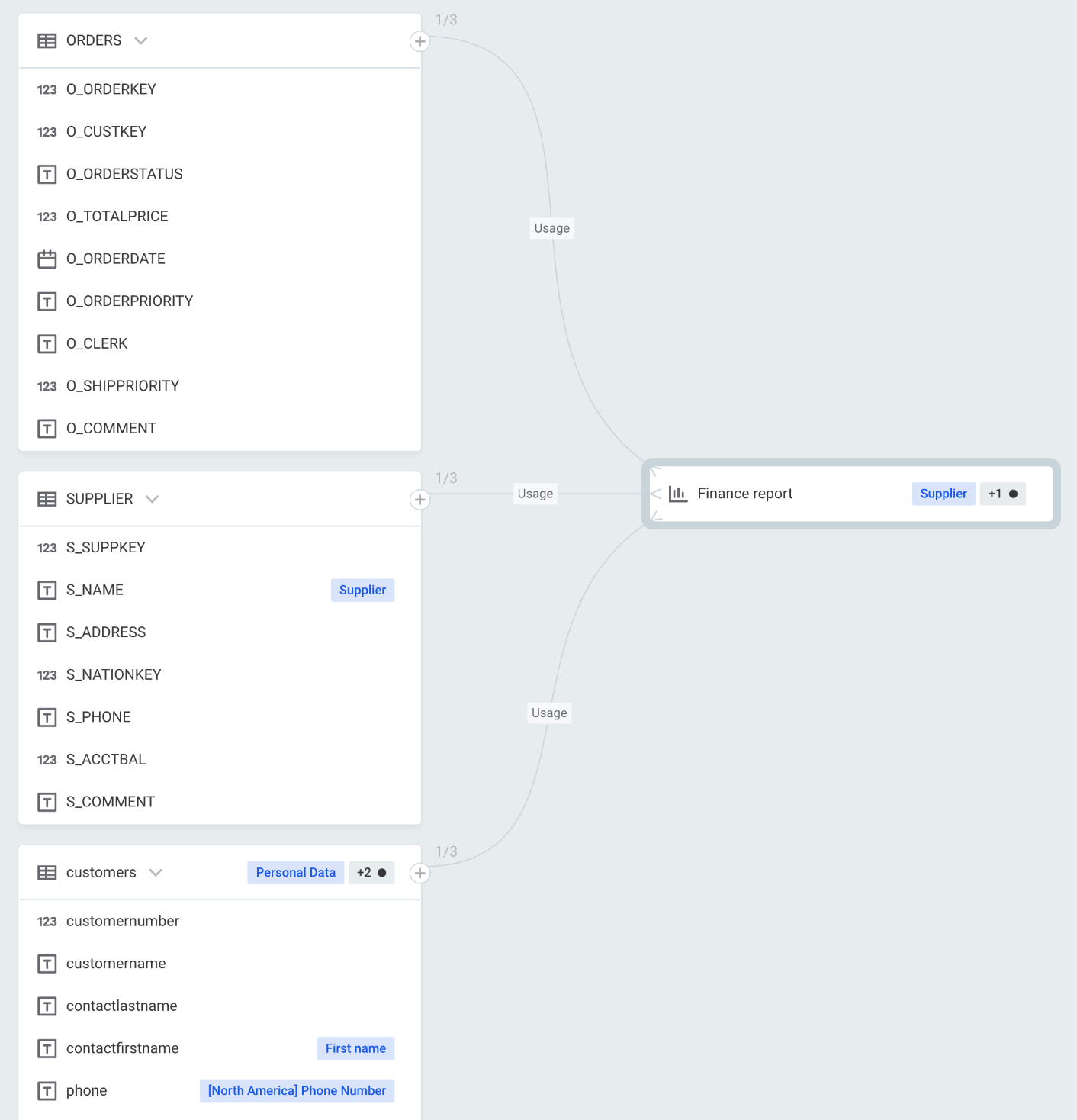
Here is an example of how data lineage can look in a report catalog.
Essential features of a report catalog
Now that we've established what a report catalog is and why you need one, let's get into the nuts and bolts. Here are a few features every report catalog must have to address enterprise reporting pain points adequately.
Drill down (business lineage)
Users need to know where their report comes from. Business lineage in the report catalog can show every step the report took before its delivery (such as where the data came from, if it was transformed in some way, which systems it passed through), and where its data was sourced. This gives users a better understanding of how it was created and makes it easier to trust the final results. It also makes it easier to trace problems in the report back to their source.
Ex: The report's data came from the data warehouse, went to a Hadoop cluster, and finally arrived in the report. This report was then passed through upper management, had some minor changes (including information about what those changes were), was approved, and then added to the report catalog.
Collaborative capabilities
In order for your users to experience the full benefits of the catalog, they'll need to collaborate inside the tool. Business users, data owners, report owners, and data stewards should be able to comment on reports, exchange information, and troubleshoot problems when they occur.
Reports shouldn't just exist between the creator and the receiver. Since all report catalogs are centrally accessible by everyone in the organization, most of this collaboration should happen naturally. However, you can also encourage people to work together more by referencing the report catalog in other communication tools like Slack or Microsoft Teams.
Searchability
As with any catalog, searchability is an essential component of getting people the information they need upon their request. search can be narrowed down by accessibility, topic, department, etc. Keeping the search open and transparent is a great way to encourage users to search for reports that might interest them voluntarily.
Different levels of certification
Any trustworthy report needs to undergo different levels of scrutiny to ensure its contents are accurate. In a report catalog, this can take place in the form of approval workflows that deliver reports to the relevant parties to approve/disapprove before being sent downstream to other users.
Report catalog in a BI ecosystem
Since the report catalog's main purpose is making reports easier to organize and find, you can improve them by connecting them to more metadata entities. This will provide more complete information about each report. Here are some of the metadata entities that can aid your report catalog.
Source systems and databases
These are the starting place for any report. Connecting them to the catalog will make it easier to drill down into reports and generate data lineage.
Business terms and KPIs
Usually, these terms are stored in your business glossary. Connecting them to the report catalog will provide business context to the reports and the tables. This way, when you receive a report tagged with a particular business term, you know the contents of that report. The table will capture the technical concepts in the report, while related business terms will offer a business explanation for that report.
Business rules/DQ rules
Another key component to connect to reports is your rules library. It will define governance standards reports and ensure they meet your data quality standards.
For example, you might have a data quality rule that defines the lifespan of data in your system before it's considered "outdated." If a report was built with data after that expiration, then your report catalog could label it as "outdated" as well if it's connected to your rules library.
You can also create DQ rules at the report level. For example, "all reports must have an owner and a creation date."
Data Catalog
Reports are built from tables and columns of stored data, which can be searched in the data catalog. The metadata that helps organize the data catalog can also be used to sort/organize reports in the report catalog.
For example, if you labeled all the columns of data about customers in the data catalog as "customer data," then you could immediately find all reports built from "customer data" and organize them as "customer reports."
Access management provision
Connecting your report catalog to any access and permissions protocols your company already has in place is critical. This will ensure that reports are only accessible to users with the proper role, keep your accessibility in line with regulatory requirements like the GDPR, and keep your company's private information safe from unauthorized viewing.
Data ownership and data stewardship
Individuals responsible for data in your company's data management system should also be held accountable for the reports built on that data. A new role of "report owner" can also be implemented, tasking someone with following a report from its creation to its delivery and ensuring its quality along the way.
Advice on implementing a report catalog
While it's definitely beneficial, implementing a report catalog can still be a bit complicated. You might be very comfortable with your company's current system or think that building a catalog will be too complex and time-consuming. One of our industry experts, Luca de Ionna, has the following advice for companies that want to get started with a report catalog.
Start small
Trying to catalog every report your company has ever created can be overwhelming and discouraging. We recommend starting with 5 to 10 key reports and prioritizing those with the highest business value. Once you are satisfied with how they are created, delivered, and processed in the catalog, these reports can serve as templates for new entries and the reporting workflow.
Collect metadata
A report catalog will only solve your problems if the reports have all the essential information. Within the catalog, you must be able to find the report name, description, metrics, and dimensions, the business/report owner, data steward, department, KPIs, and other metadata assets to correctly represent the report (and what to expect from it).
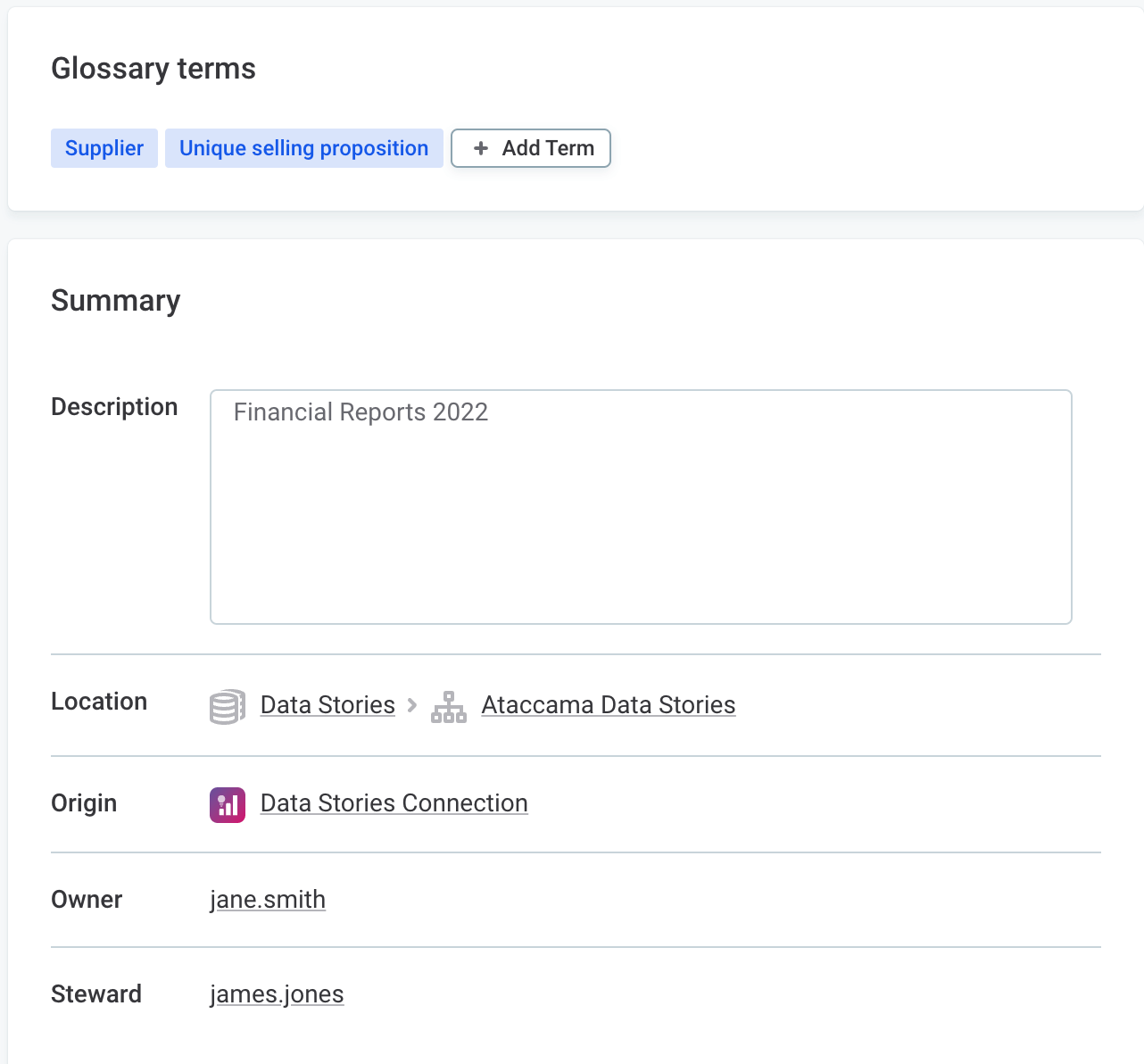
Here is how that metadata can look inside the report catalog.
This can change significantly depending on your industry, the number of source systems you work with, the tools you use, etc. Before implementing a report catalog, you'll need a good idea of what metadata you could use to most accurately represent reports for your use case.
Clearly define roles and responsibilities
Your reporting system, in general, needs to clearly define who is responsible for each part of the reporting process. You don't want a report to get lost or repeated because two employees are unsure who was responsible for it. You can define these roles in your data governance or rules library to keep them consistent throughout the organization.
This will help with the catalog because it won't work well without clearly defined roles. With no one monitoring the reports or accepting responsibility for what's in the catalog, it could quickly become just as chaotic as a system without one.
Follow up on user engagement
The most important part of implementing a new tool is ensuring your users are happy with it. The report catalog is not a static system. It will adapt to your company's use case. You'll need lots of input from your users to see if it's working correctly, how it can be improved, and if people are happy with the change.
We recommend sending out user surveys, commenting and resolving issues directly in the catalog, asking people in one-on-one meetings, and reassessing the report catalog monthly to stay updated on its performance.
Conclusion
As you can see, a report catalog would solve many of the executive's problems we mentioned in our intro. Departments could easily find old reports and use them as templates to keep information about the same topic uniform; HR and financial information will always be comparable. They'd also be able to see other departments' reports and make comparisons/evaluations independently. A central point of access means it will be easier to find previous reports and use them for comparisons, so our executive can reference them.
Report catalogs can bring order to an otherwise chaotic reporting landscape. They allow us better understand our data and deliver critical information more efficiently. Having a report catalog is the best way to keep track of important information in your company.
The complete data catalog that serves everyone
Catalog your most important reports and data sources, generate their data lineage, and automatically monitor their data quality in Ataccama ONE. Besides that, create and publish reports from the data assets you find.
Learn more